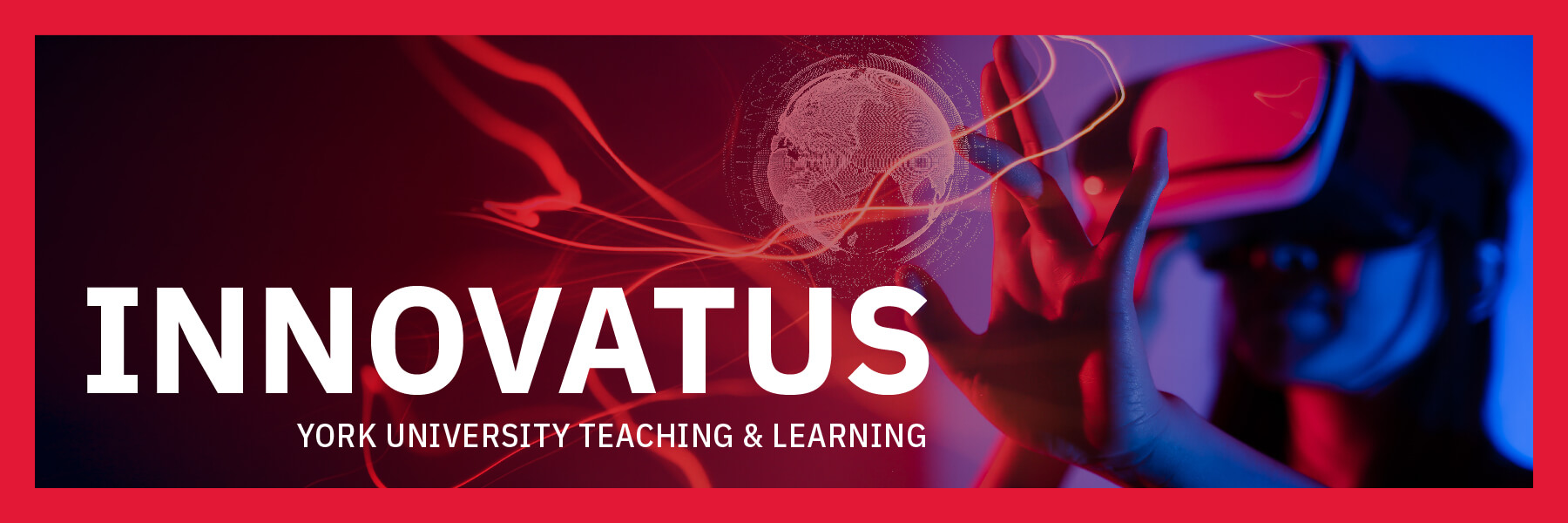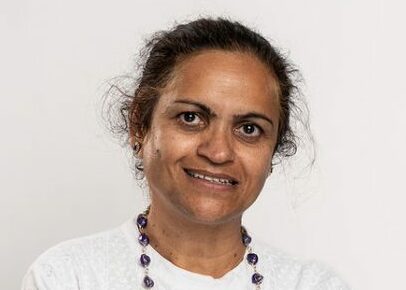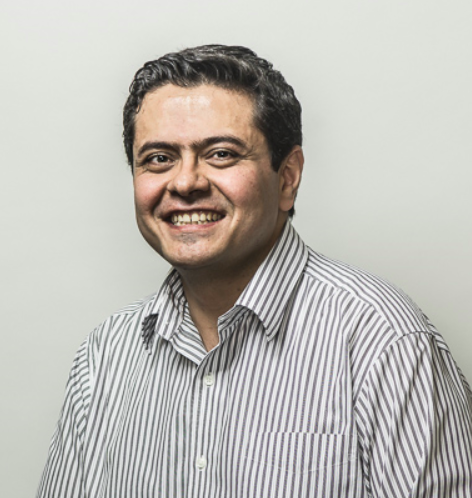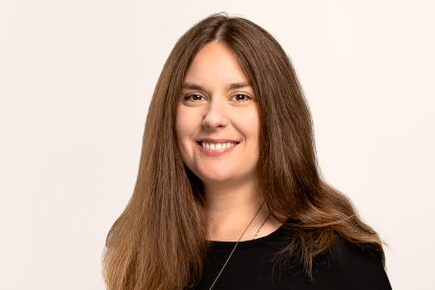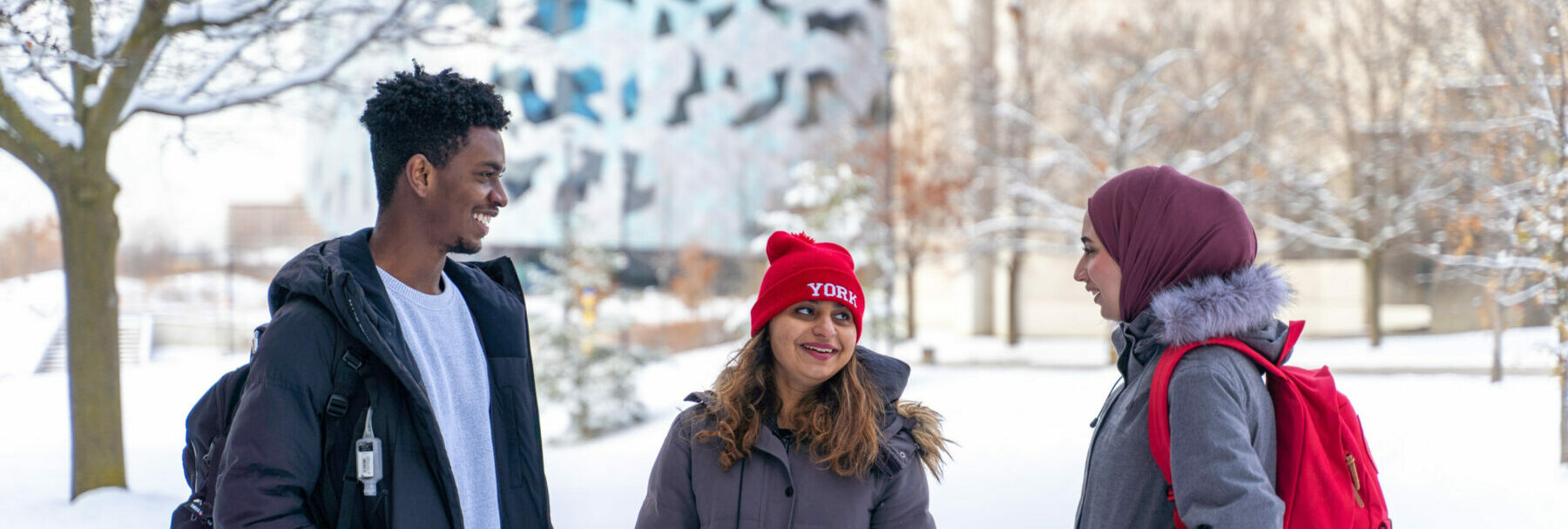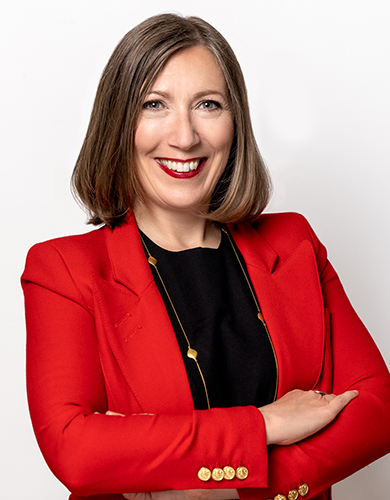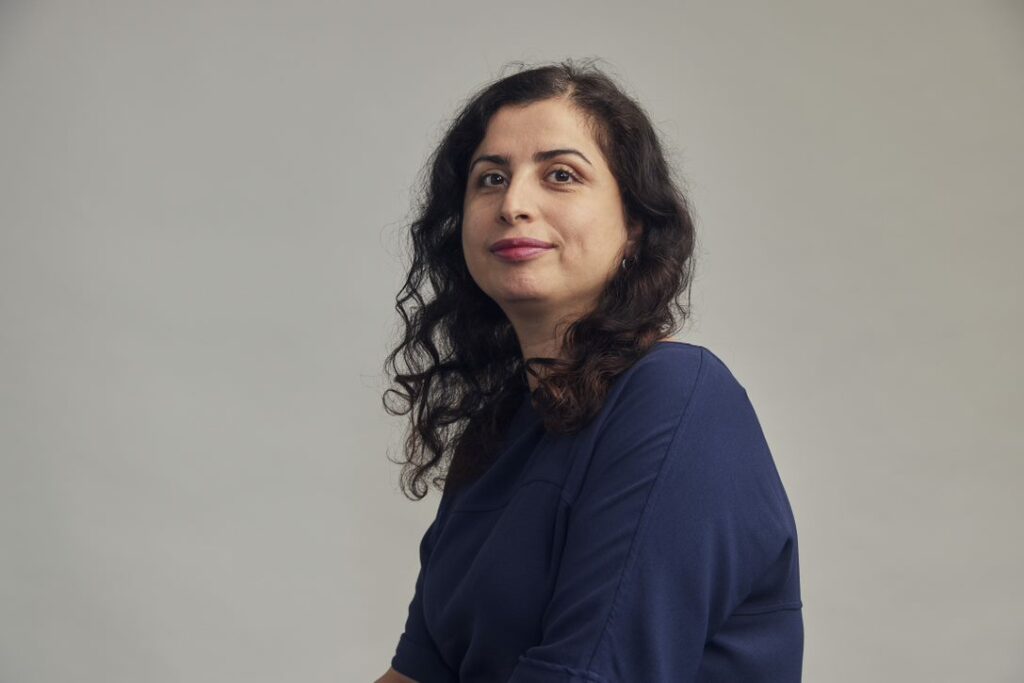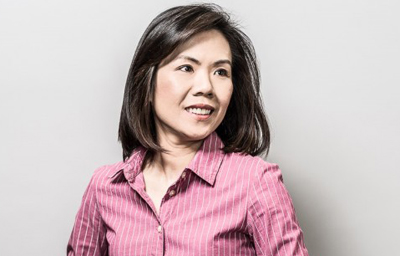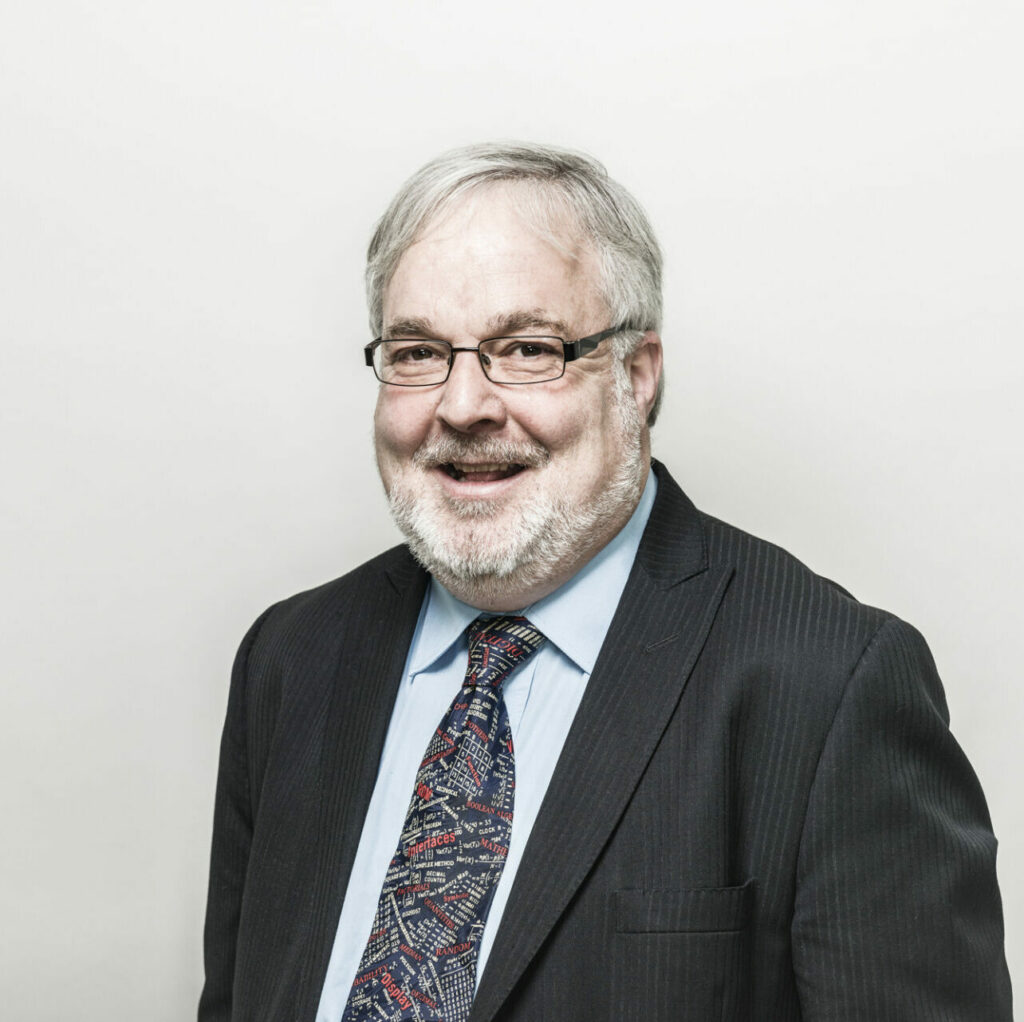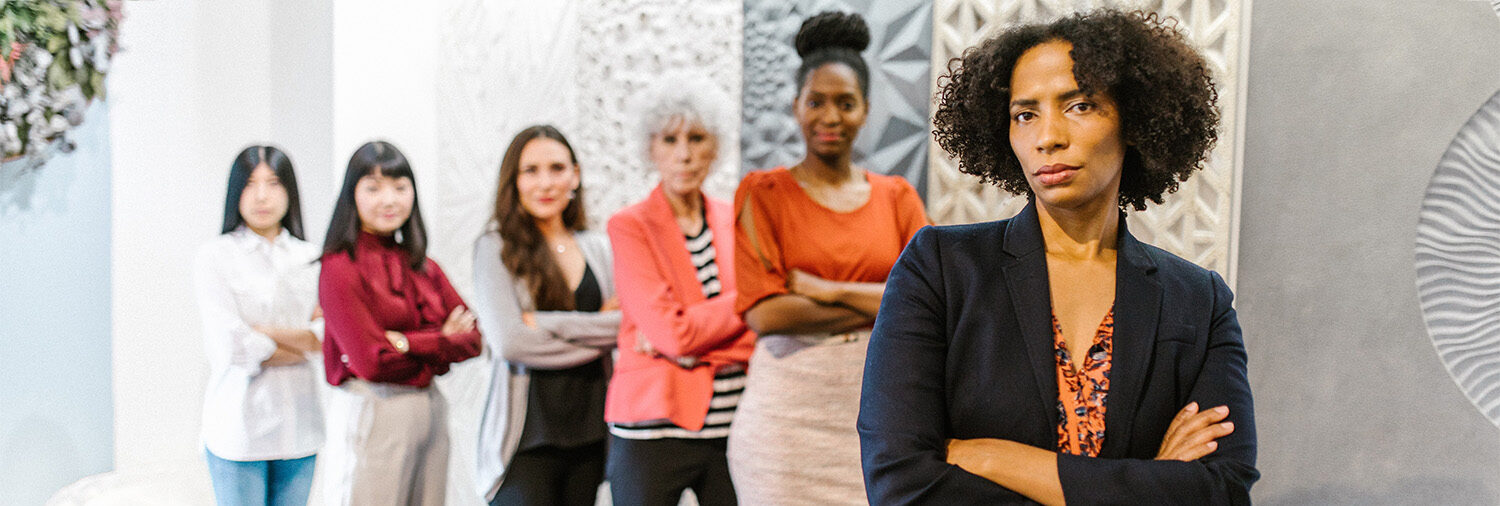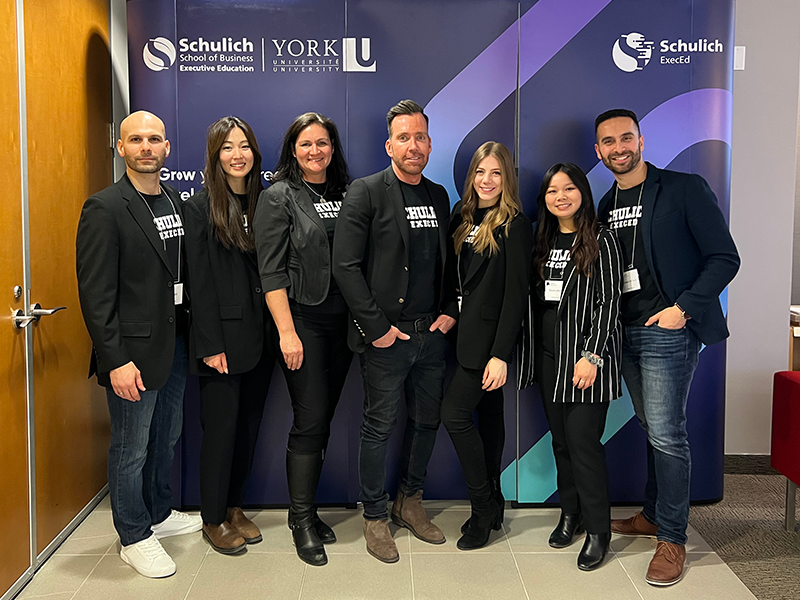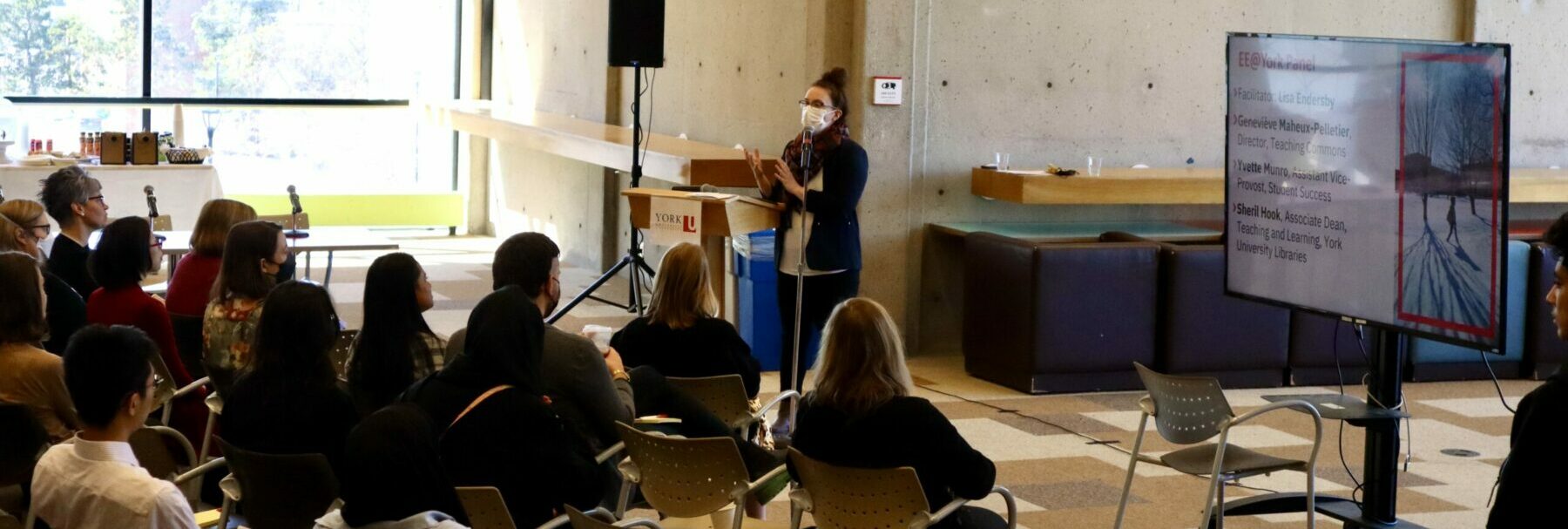By Alexander Huls, deputy editor, YFile
Ramesh Venkatesa Perumal, a sessional assistant professor in the Faculty of Health, became the first doctoral graduate of York’s School of Nursing program on Feb. 21 when he successfully defended his dissertation, “Impact of social support and mentoring on career advancement of internationally educated nurses.”
Venkatesa Perumal’s significant accomplishment is only the latest in an ongoing journey around nursing, which he has long considered his calling.
When Venkatesa Perumal was growing up in south India, his father encouraged him to become a nurse. Following his father’s advice, Venkatesa Perumal enrolled in the nursing program at the Christian Medical College Vellore, hopeful it would be the right career path for him. Because the college valued experiential education, within a few months Venkatesa Perumal was already allowed to care for patients, and he quickly realized how perfectly nursing suited him. “I thought, ‘I’m in a place where I can actually make some difference,’” he says. “I took it upon me as if it was a calling that I had to fulfill.”
That calling, initially, wasn’t without its challenges. Male nurses in India were rare, and he faced limited perceptions of what he was capable of. Too often he would be asked to only perform physical tasks, such as lifting immobile patients. It became important for Venkatesa Perumal to advocate that he – and other male nurses – could do more than just physical care. “We are critical thinkers. We are nurses who will be able to provide excellent care, as any other nurse will do, irrespective of gender,” he says. For him, even in the early days of his career, his guiding philosophy for excellent care became clear: compassion. “Knowledge and skills you can always learn. It’s that human touch that people are looking for,” he says.
Venkatesa Perumal completed a bachelor of science in nursing, then a master’s of science, and went on to accept a position as a lecturer at Sultan Qaboos University in the city of Muscat in Oman. During his 10 years there, he developed a significant career: he was a professor, helped establish a Bachelor of Nursing program, and became an assistant dean of undergraduate studies. After a decade, however, he was looking for change and more opportunity, so he and his wife – also a nurse – decided to move to Canada.
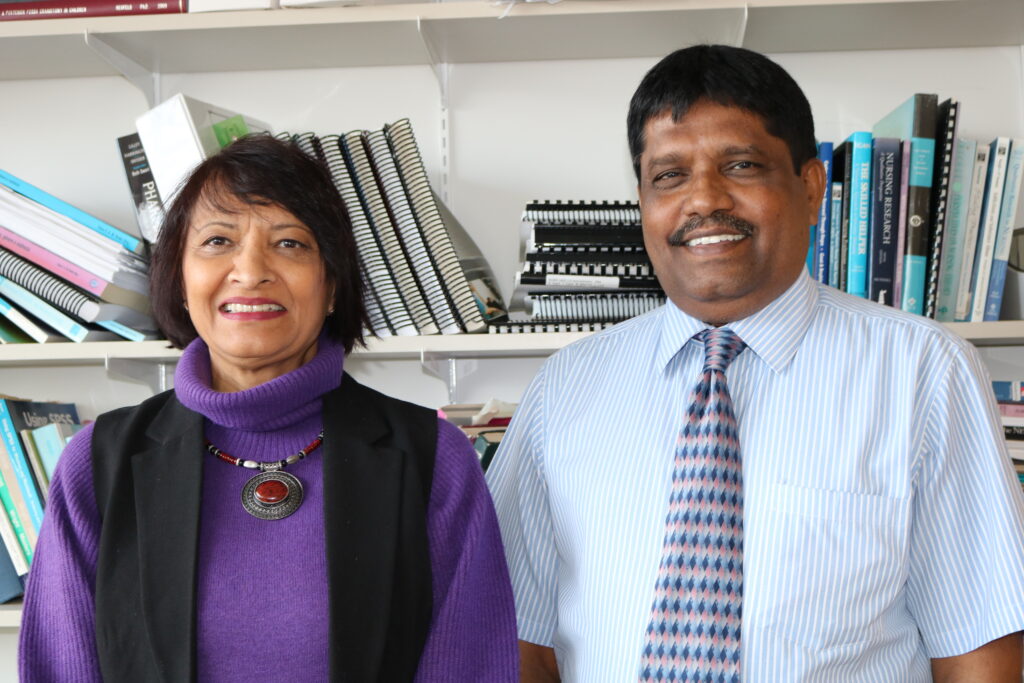
Once they arrived in Ontario, Venkatesa Perumal’s calling met an unexpected career detour. His education wasn’t deemed equivalent to a Canadian education, and he would have to go back to school to bridge the academic gaps if he wanted to continue in the field of nursing. The decision was discouraging at the time, but he credits that turn of events with a lifechanging blessing. “It actually opened the doors for me to come to York University,” he says.
He became a student in the Post-RN Internationally Educated Nurses BScN Program. There he met professors who he credits for nurturing and mentoring him, as well as honoring – not ignoring – his previous extensive experience and accomplishments. That was impactful to him not just as a student but a recent arrival to Canada. “Immigrants are like uprooted trees. When they’re getting ready to be replanted, they need extra nourishment, they need extra water, they need extra protection. That was given to me by the amazing teachers at York University,” he says.
He obtained his BScN, and his professors encouraged him to go further and pursue a doctoral study. His chosen subject was one close to his heart: the impact social and mentor support can have on internationally educated nurses.
“Being an internationally educated nurse, I always felt that I had a moral responsibility to give back to the community of nurses who are coming into this country as immigrants,” he says. “I thought, ‘What way could I be of help to the internationally educated nurses? I was lucky enough to have the additional support that helped me to continue with my passion. Is that help available to everybody who is coming into this country?’”
He began his doctoral work in September 2018, and was one among several others positioned to be the inaugural doctoral candidates of the new PhD in Nursing program. In February of this year, he became the first to complete the program.
Venkatesa Perumal’s accomplishment is one that the School of Nursing shares in. “It is a historic moment,” says Mina Singh, a professor in the Faculty of Health, and Venkatesa Perumal’s doctoral supervisor. “We’ve been a school for over 25 years and for us to get our first PhD completion is a very big event. It’s important for us, within York University, and the Faculty of Health, to raise our profile and highlight we’re now graduating doctoral students.”
Singh is certain Venkatesa Perumal’s ongoing journey will see his profile continue to grow as well. “He’s so ambitious,” she says. “He wants to progress as a nurse. He wants to progress in his career. He wants to advance in nursing and nursing education.”
Venkatesa Perumal doesn’t just look forward to how teaching can help him pay forward to those who have been on a similar journey as his but wants to build further on his dissertation. “I wish to continue the work that I’ve just started with internationally educated nurses, so I’m hoping I will have a program of research that focuses on that,” he says.



